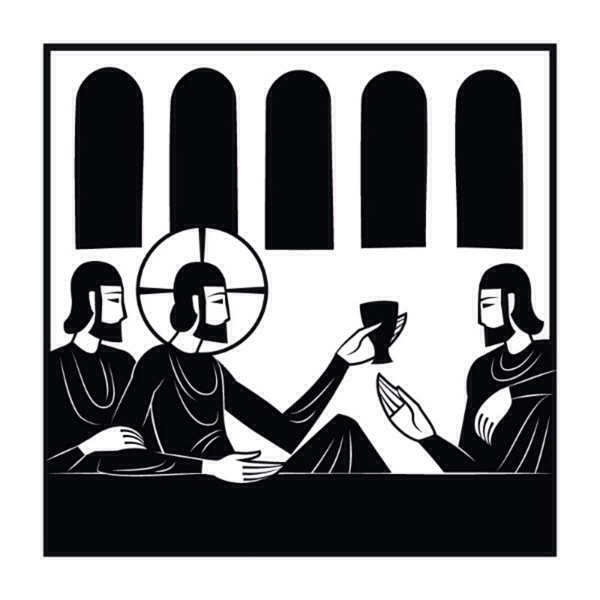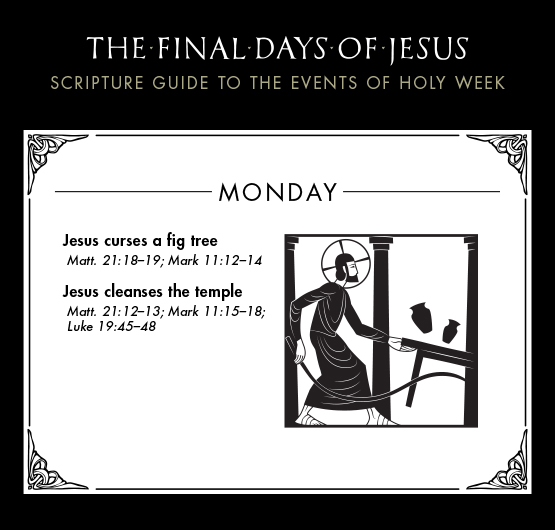If your office is anything like mine, a few weeks of work will render your desk almost completely useless – cluttered with stacks of books, paper, abandoned coffee mugs, etc. Every now and then, I have to take a step back and think about the purpose of my work space and ultimately consider how it’s condition reflects and affects part of who I am. In this case, that’s a bitter pill to swallow, and I usually end up cleaning it and vowing to keep it that way. This time I’ll keep up with it! I think we all know how that usually goes. Thus the cycle continues; but the cycle itself can be helpful in that it causes me to reevaluate from time to time, and to optimize my space periodically.
Much of my attention and energy has been drawn to our space lately. Consider the sanctuary – a room designated for corporate renewal through worship, the sacraments, teaching, events, and ceremonies. If I dwell on it for a minute, what are the features of that room that help characterize our gatherings? Does it in any way reflect who we are? Maybe a more basic question is: Does the state and condition of that space matter?
I argue that, just as our worship should bring order and beauty to bear on the Christian story through liturgy, so should the space we share. That concept is implicit in the architecture and craftsmanship of our building. Even down to the finishes, it’s hard to deny that those involved in its design and construction understood how important a building is to our congregation (consider the flooring, the quality of our kitchen, or the sanctuary ceiling as a few examples). The way we use the space, even down to the arrangement of the furniture, has meaning as well, and it is shaping and forming us as we gather there (just like my messy desk). Over the past few weeks, we have been working in our worship space, modifying it in subtle but intentional ways, and I want to share our intentions with you.
Seating: If you’ve been there this month, you’ve no doubt noticed the new chair layout. We elected to remove the “curve”, which was originally designed to orient everyone directly toward the pulpit and communion table (symbolizing the centrality of the word and the importance of the sacrament), while also orienting the congregation in on itself (encouraging community). It actually gave us more seating than before, but we lost a sense of order and symmetry in the process. It was almost impossible to maintain, and every time we moved the chairs for an event, we had too much difficulty setting them up correctly. Our most recent setup is similar to our original arrangement, with a strategic change. A “center” aisle now runs from south to north, directly from the entry doors. This aisle makes the entire room more accessible, and it results in quicker and easier seating, especially later in the service. We also opened up space for ushers to direct and guide the congregation, and we are seeking to make communion, the family meal of Christians, more fluid. A critique of the arrangement has been that it feels more fragmented, and even back heavy. Down the road, we might look for opportunities to foster community within subsections. I’d encourage you to use the subsections as opportunity to be hospitable, both to the newcomer and to the person whose face you recognize but name you can’t recall. It’s also worth noting that the design should create pathways within the sanctuary to make movement easier, and we are also seeking to preserve the rear, southernmost section for newcomers and those who arrive late for one reason or another. The new table that’s set up in the entry way should help divert us around the nearest seats, leaving them for those who might need them (new parents with a nursing child, those who need to leave early, etc.).
Reducing Clutter: It’s a constant struggle for me to keep my personal areas clutter free; and it’s one that I often lose when I’m fighting it alone. A communal area like our sanctuary is compounded in that it has so many people using it. But the worship and tech ministry are working together to remove clutter from the stage and even the sound booth. Special thanks to Justin Richardson for his tireless efforts there. The sanctuary is also cleaned twice a week, rather than once. With the diligence and help of all who gather here, we can work together to remove distracting microphone cables, abandoned coffee mugs, old bulletins, etc. Hopefully, if you’ve read this far, you are getting a sense of how I hope we can learn to value that space and steward it well, just as we seek to see it used more frequently as a gathering place. Thank you for reading! See you Sunday.
Friday night, starting at 7, we have the opportunity to join with 50,000 believers around the globe and:
1.) hear teaching about the cross and everyday life
2.) pray for the people of Turkey
Ann Voskamp was recently interviewed about why she participates in “Secret Church”.
In One Thousand Gifts you’ve written about being grateful for God’s everyday gifts. How do you see this idea overlapping with this year’s Secret Church theme? How does gratitude fit in with the gospel?
Ann Voskamp: I read in Scripture that the gospel shapes us in two fundamental ways, much like what we see happening at the gathering of the Last Supper:
1) The shape of the Christ-life is eucharistic — Jesus takes the bread and does what? He gives thanks, eucharisteo in Greek. So the shape of the Christ-life is firstly eucharistic, full of gratitude for the incomprehensible grace of the constant goodness of God, thankfulness for the saving grace of Christ, endless gratefulness for the relentless love and companionship of Jesus and His tender sanctification of our souls.
2) We see how, at the Last Supper, the shape of the Christ-life is secondly cruciform. The shape of our lives should be cross-like, full of cross-like sacrifice. Jesus took that bread, gave thanks for it, and then broke it and gave it. How does our everyday life look like Christ did in that moment of breaking the bread, symbolic of His body, and of giving Himself away?
Tuesday, March 31, AD 33.
The following video features short explanations from and interviews with New Testament professors Grant Osborne (of Trinity Evangelical Divinity School) and Andreas Köstenberger (of Southeastern Baptist Theological Seminary) along with historian of ancient history Paul Maier (of Western Michigan University), focusing in particular on the opposition to Jesus and what angered his Jewish antagonists so much.
Monday, March 30, AD 33.
The following video features short explanations from and interviews with New Testament professors Nicholas Perrin (of Wheaton College & classmate of mine at Covenant Seminary) and Grant Osborne (of Trinity Evangelical Divinity School), focusing in particular on the cursing of the fig tree, the cleansing of the temple, and the role of the temple in the theology and practice of Jesus. Watch for a new video each day this week.
watch the video
Also, here’s a harmony/chronology of the events:
1.) Of Monday
2.) of Holy Week
About This Blog
This blog is one of the primary ways that Christ Community's staff can connect and share information. Look for important updates on our community life here each week.
Visit the CCC Website.
View our Church Calendar.
Subscribe via Email
Reminders & Reflections
Blog Archive
- June 2015
- May 2015
- April 2015
- March 2015
- February 2015
- January 2015
- December 2014
- November 2014
- October 2014
- September 2014
- August 2014
- July 2014
- June 2014
- May 2014
- April 2014
- March 2014
- February 2014
- January 2014
- December 2013
- November 2013
- October 2013
- September 2013
- August 2013
- July 2013
- June 2013
- May 2013
- April 2013
- March 2013
- February 2013
- January 2013
- December 2012
- November 2012
- October 2012
- September 2012
- August 2012
- July 2012
- June 2012
- May 2012
- April 2012
- March 2012
- February 2012
- January 2012
- December 2011
- November 2011
- October 2011
- September 2011
- August 2011
- July 2011
- June 2011
- May 2011


